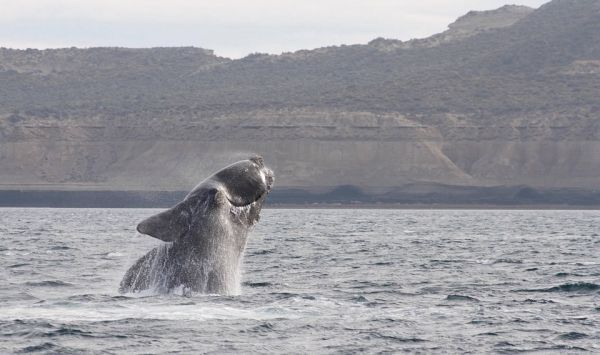New research connects recent changes in the movement of North Atlantic right whales to decreased food availability and rising temperatures in Gulf of Maine’s deep waters. Right whales have been showing up in unexpected places in recent years, putting the endangered species at increased risk. The study, which was published in Oceanography and conducted by scientists from more than 10 institutions, provides insights to this key issue complicating conservation efforts.
“The climate-driven changes rippling throughout the Gulf of Maine have serious consequences for the small number of remaining right whales,” said Nick Record, a senior research scientist at Bigelow Laboratory for Ocean Sciences and lead author on the paper. “Climate change is outdating many of our conservation and management efforts, and it’s difficult to keep up with the rapid evolution of this ecosystem.”
Climate change has shifted circulation patterns in the North Atlantic Ocean, including the currents that flow into the Gulf of Maine’s depths. This study found that some of these deep waters have warmed nearly 9 degrees Fahrenheit since 2004 – twice as much as the fastest warming waters at the surface. These changes have drastically reduced the supply of right whale's primary prey – a high-fat, rice-sized crustacean called Calanus finmarchicus.
Read more at Bigelow Laboratory for Ocean Sciences
Photo Credit: shomilin via Pixabay


